Where to Buy Turmeric: Immediate Options for 2025
Looking for where to buy turmeric today? Here's your quick answer: Visit Indian or Southeast Asian grocery stores like Patel Brothers for fresh roots year-round, check the spice aisle at major supermarkets (Walmart, Kroger) for ground turmeric, or order from verified online retailers like Spice Jungle with 4.5+ star ratings. For immediate access, most Whole Foods and Sprouts locations carry both fresh and ground varieties.
Supermarkets, Global Markets & Digital Sources: Your Complete Guide
When searching for turmeric, these are your most reliable options with current availability details:
- Major Supermarkets: Ground turmeric appears consistently in spice aisles at Walmart, Kroger, and regional chains. Fresh roots are typically available at Whole Foods, Sprouts, and Wegmans. During 2024-2025, availability has improved with more stores carrying both forms year-round.
- Specialty Retailers: Indian and Southeast Asian markets (Patel Brothers, 99 Ranch) consistently stock fresh turmeric roots in produce sections at 30-50% lower prices than supermarkets. Look for vibrant orange skin without wrinkles.
- Verified Online Retailers: Amazon (sold by Spice World), Thrive Market, and specialty sites like Spice Jungle offer organic options. Prioritize sellers with minimum 4.5-star ratings, third-party lab testing reports, and "100% Curcuma longa" labeling.
- Farm Direct: USDA's Local Food Directories identify turmeric farms in Florida and Hawaii harvesting October-March. Many now offer nationwide shipping with ice packs.
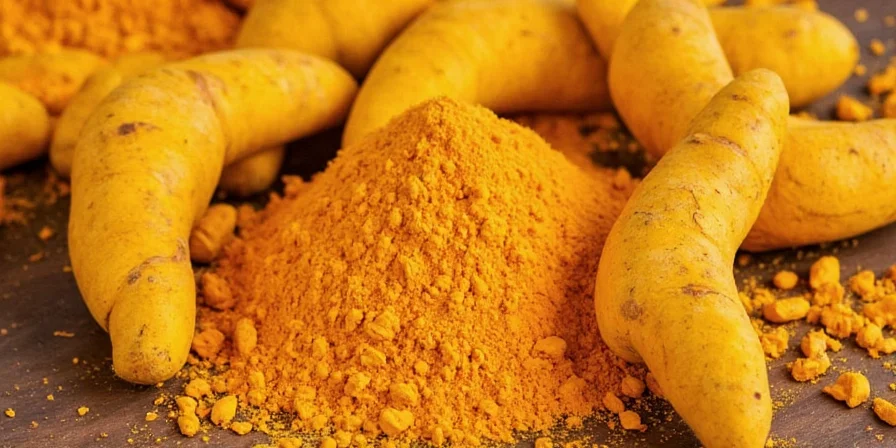
Fresh vs. Ground: Practical Comparison for Smart Purchasing
Selection depends on your immediate needs—here's data-driven guidance:
| Characteristic | Fresh Turmeric | Ground Turmeric |
|---|---|---|
| Where to Find It | Specialty markets, select supermarkets, online specialty retailers | Every major supermarket, online retailers, convenience stores |
| Price Comparison | $8-12/lb (yields 25% powder by weight) | $3-5/oz (ready-to-use convenience) |
| Shelf Life | 3 weeks refrigerated (in paper bag) | 12+ months in dark containers |
| Best For Immediate Use | Golden milk, fresh juices, topical applications | Cooking, baking, quick recipes |
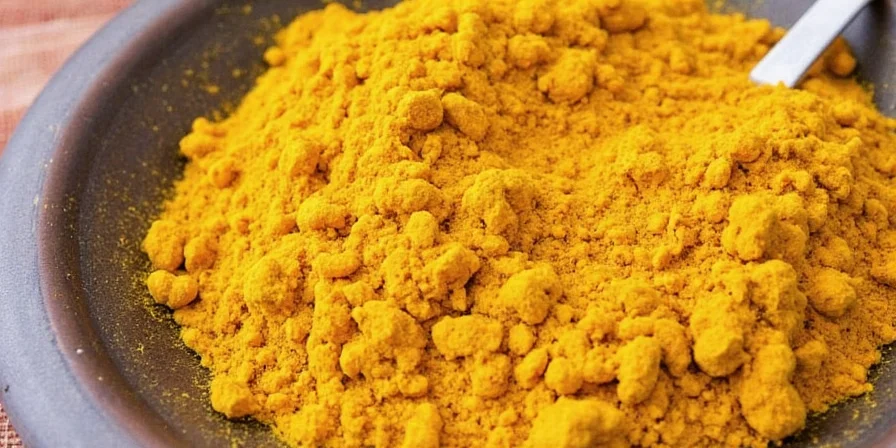
2025 Supply Chain Insights: Why Availability Varies
Current global production affects your access. India dominates with 80% market share, but export restrictions during drought years cause shortages. Bangladesh's quality investments have increased its premium market share by 15% since 2023. In North America, Hawaiian farms supply fresh turmeric May-September; Florida operations focus on freeze-dried powder. This explains why fresh roots disappear from mainstream stores outside harvest seasons—most supermarkets rely on frozen imports rather than fresh shipments.
Quick Quality Verification Methods When Purchasing
Ensure you're getting authentic turmeric with these immediate tests:
- Water Test: Stir 1/4 tsp powder into cold water. Pure turmeric disperses evenly; adulterated versions leave orange sediment or form lumps.
- Label Check: Look for "100% Curcuma longa" and ISO 3431 certification. Avoid "color added" or "may contain fillers".
- Visual Assessment: Powder should flow freely—clumping indicates moisture exposure. Fresh roots must have taut skin without wrinkles.
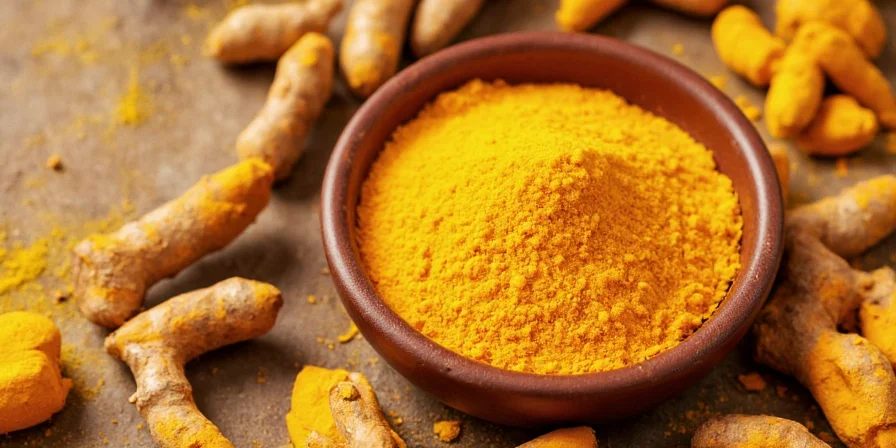
Where to Buy Turmeric Year-Round: Strategic Sourcing
For reliable access throughout 2025:
- January-April: Specialty markets for fresh roots; online retailers for ground turmeric
- May-September: Hawaiian farms via online direct sales; select supermarkets carry fresh roots
- October-December: Peak season at all major retailers; harvest from home-grown plants
Frequently Asked Questions
Where is the most reliable place to buy fresh turmeric year-round?
Indian and Southeast Asian grocery chains like Patel Brothers or 99 Ranch consistently stock fresh turmeric roots. Online specialty retailers (e.g., Spice Jungle) ship vacuum-sealed fresh roots with ice packs for nationwide delivery in 2025.
How can I verify turmeric isn't adulterated when buying?
Perform the water test: Stir 1/4 tsp powder into 1/4 cup cold water. Pure turmeric disperses evenly. Adulterated versions leave orange sediment or form lumps. Check for third-party lab certificates on retailer websites, especially for online purchases.
Why can't I find fresh turmeric at regular supermarkets?
Most standard supermarkets prioritize ground turmeric due to longer shelf life. Fresh turmeric requires specific storage conditions and has limited demand in mainstream markets. Target, Whole Foods, and Sprouts are exceptions that now carry fresh turmeric year-round in 2025.
What's the best online source for turmeric in 2025?
Spice Jungle remains the top verified option with organic certification and third-party testing. For Amazon purchases, look for 'Spice World' as the seller with 4.8+ star ratings and recent positive reviews mentioning freshness and potency.
Conclusion: Turmeric Sourcing Simplified for 2025
Knowing exactly where to buy turmeric transforms what was once a frustrating search into a simple process. By targeting specialty markets for fresh roots, major supermarkets for ground varieties, and verified online retailers for consistent quality, you ensure reliable access throughout the year. With the 2025 supply chain stabilized after recent global disruptions, turmeric is more widely available than ever—especially when you apply these practical sourcing strategies and quality verification methods.
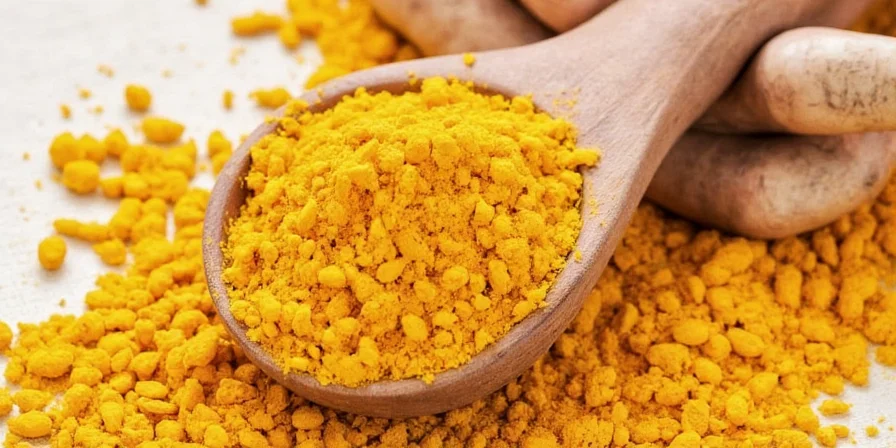

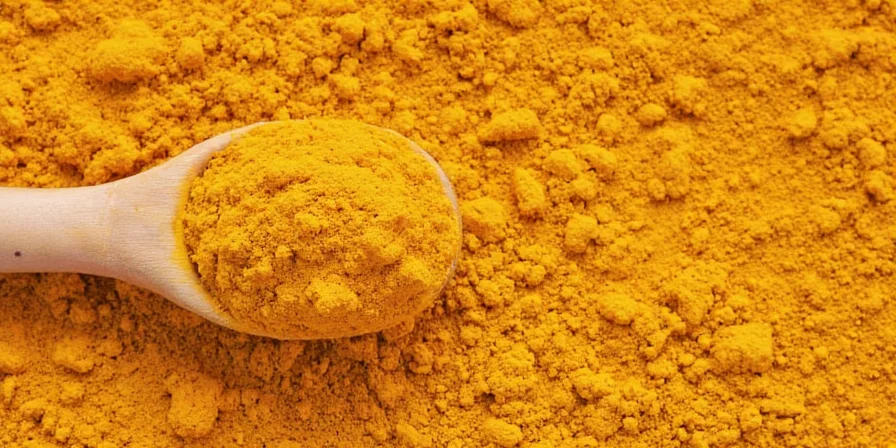









 浙公网安备
33010002000092号
浙公网安备
33010002000092号 浙B2-20120091-4
浙B2-20120091-4